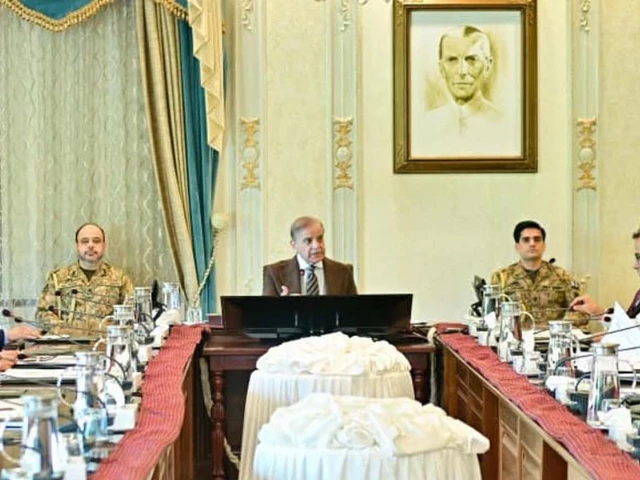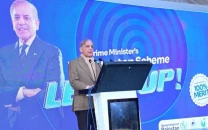Shehbaz orders to begin preparations for 2026 monsoon season
Gives two weeks to Ministry of Climate Change and Environment to submit climate resilience action plan

With floodwaters continuing to inundate swathes of Punjab and beyond, Prime Minister Shehbaz Sharif on Friday directed the Ministry of Climate Change and Environmental Coordination to begin preparations for the 2026 monsoon season, and submit a climate resilience action plan, within two weeks.
Chairing a high-level review meeting at the Prime Minister’s Office, Shehbaz called for a coordinated and future-focused response to the country’s mounting climate vulnerabilities, underscoring that rehabilitation of flood-hit communities was now a ‘national priority’.
“Flood-prone regions, especially those flanking southern riverbanks, must be fully prepared,” he said, stressing the importance of real-time monitoring of evacuation and relief efforts. The premier also instructed the formation of a special committee to ensure financial assistance reaches flood victims, not currently registered with NADRA.
Read More: NDMA warns of worsening floods in Punjab amid heavy rain forecast
Officials briefed the meeting on the scope of recent devastation, noting that water levels in the Ravi, Sutlej and Chenab rivers had surged into parts of central and southern Punjab and were en route to Panjnad. Preparations had been made to manage flows of up to 1.2 million cusecs, though actual volumes were now estimated at roughly half of that — around 600,000 cusecs.
In Multan, joint efforts by the civil administration, military units, and rescue teams were underway to manage the passage of floodwaters and protect vulnerable embankments.
Restoration work across the power sector has seen notable progress, with 80 per cent of damaged electricity infrastructure in the northern and central zones now operational. Critical roads and bridges have also been repaired, restoring mobility and allowing relief convoys to reach affected communities.
To date, over two million residents have been evacuated from flood-prone zones, while more than 4,100 stranded individuals have been rescued from the isolated areas. The federal government has dispatched 6,300 tonnes of relief goods, while over 2,400 medical camps have been established to provide immediate healthcare support.
The prime minister praised the coordinated response of the National and Provincial Disaster Management Authorities, armed forces, and other frontline agencies. He stressed that climate-driven disasters required more than just reactive responses. “We must move beyond short-term relief and focus on structural resilience. The increasing intensity and frequency of rainfall demand nothing less,” he said.
Also Read: Pakistan berates India for sponsoring terrorism, violating IWT
Compensation disbursements for the deceased, the injured, and those with property losses are currently underway, with NADRA overseeing the verification process. Priority is being given to the most affected households.
Chief secretaries from all four provinces, as well as Gilgit-Baltistan and Azad Jammu and Kashmir, joined the meeting via video link to present detailed updates from their respective regions.
Federal ministers including Ahad Khan Cheema, Attaullah Tarar, and Sardar Awais Leghari, senior officials from the NDMA, NADRA, and other federal departments, attended the meeting.




















COMMENTS
Comments are moderated and generally will be posted if they are on-topic and not abusive.
For more information, please see our Comments FAQ